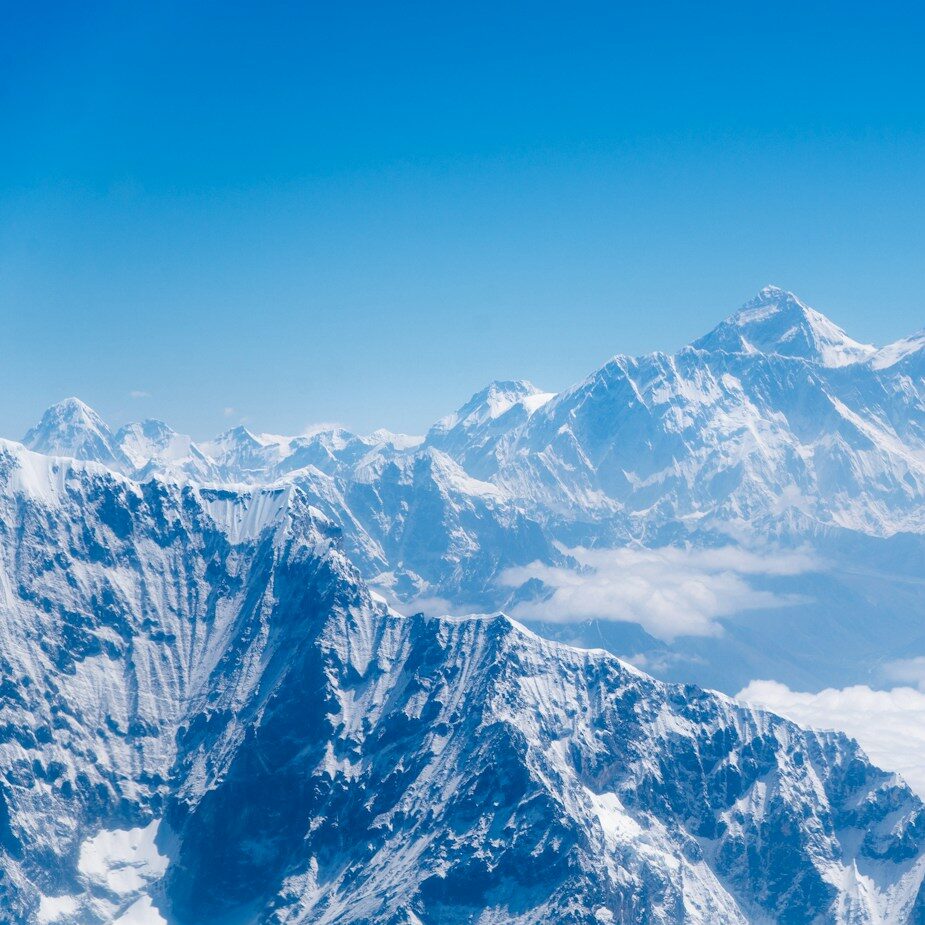
Everest Base Camp Trek: A Beginner’s Guide
Posted on: Monday, January 20th, 2025.As a trekking guide and content creator, I often get asked by beginners: “Can I really do this?” “Is Everest Base Camp trek only for experienced trekkers?” Many clients, especially those coming from sea level, have a lot of curiosity about whether they are fit enough or prepared to handle this challenging trek. When people first come to me with the idea of trekking to Everest Base Camp, I can completely relate to their concerns, as they feel like the trek might be too tough or beyond their abilities.
I’ve had many clients express these same doubts, and I always assure them that you don’t need to be a mountaineer to trek to Everest Base Camp. When I first considered the trek myself, I too had no prior trekking experience and wondered if I could handle the physical demands. But after doing some research, I found out that the Everest Base Camp trek is accessible to anyone who is reasonably fit and willing to take on a challenge. So, I made the decision, booked my trek, and I can confidently say it turned out to be one of the best decisions I’ve ever made.
Yes, the trek is tough—physically and mentally. There were sore muscles, aching joints, and moments when exhaustion had me questioning everything. But standing at the base of Mount Everest at the end of the journey made every step worthwhile. Now, after guiding many beginners, I want to share the five things I wish I had known before starting the trek.
If you’re a beginner thinking about trekking to Everest Base Camp, you probably have several questions running through your mind: Can I physically do it? What should I bring? What footwear do I need? Here are the top five tips I always share with clients who are planning their first Everest Base Camp trek:
1. Don’t Underestimate the Altitude
One of the biggest concerns beginners have is how their body will adjust to the high altitude. No matter how fit you are at sea level, the altitude in the Himalayas can affect your body in ways that you might not expect. Even though the trek might appear to be a gradual ascent, the altitude can make what seems like an easy climb feel incredibly difficult.
At sea level, walking uphill for a kilometer might feel fine, but at high altitudes, every step can feel like you’re walking through thick mud. This is because the air is thinner, and your body has to work harder to get enough oxygen.
Pacing yourself is key. Don’t rush, as walking too fast can lead to altitude sickness, which can force you to turn back. I always recommend a steady, comfortable pace. During the trek, our Chief Experience Officers (CEOs) taught us how to walk slowly and take regular breaks. Even with acclimatization, altitude sickness can affect anyone, so it’s important to be aware of symptoms like headaches or nausea. Luckily, there are medications available to help alleviate these symptoms, making the trek more manageable.
2. Choose the Right Footwear
Many clients ask me about the type of footwear they should bring, and I always stress how important it is to have the right shoes. You’ll spend a significant amount of time on your feet, walking on rocky trails, stone steps, and sometimes even ice or snow. Proper footwear can make or break your trek.
I recommend waterproof hiking boots with good ankle support. These boots should already be worn in to avoid blisters. It’s critical to avoid new, untested footwear. Also, don’t forget to bring a pair of flip-flops or slides for relaxing at the lodges after a long day of trekking. Your feet will appreciate the break from hiking boots.
3. Support is All Around You
As a beginner, one common concern is whether you’ll be able to keep up with more experienced trekkers. I had the same fear when I started, but I quickly realized that most trekkers were just like me: beginners, nervous but excited. The good news is that the trek to Everest Base Camp is not a race. Whether you’re slow or fast, you’ll find that everyone is supportive and willing to help each other.
The journey can be tough for everyone, no matter how fit they are, and this creates a strong sense of camaraderie. We all had our challenging days, and thanks to our new trekking friends, we helped each other out, shared tips, and kept each other motivated. The feeling of community and support is one of the best parts of this trek.
4. Pack for All Kinds of Weather
A common misconception is that trekking to Everest Base Camp means you’ll face only freezing temperatures. In reality, you’ll experience all four seasons during your trek. Early mornings and evenings can be quite chilly, so a well-insulated down jacket and woolly hat are essential. As you trek and build up a sweat, you’ll want to shed some layers, and you’ll also need waterproof gear in case of rain.
The best advice is to layer your clothing. Having multiple layers allows you to easily adjust to changing weather conditions, so you can stay comfortable no matter what Mother Nature throws at you.
5. Watch Out for High Mountain Prices
One thing beginners often don’t anticipate is the rising cost of goods the higher up you go. Basic items like snacks, toilet paper, and even bottled water become more expensive as you move further into the mountains. The logistics of transporting goods to higher altitudes—by helicopter or yak—result in higher prices.
Long trekking days will leave you craving snacks, so it’s smart to stock up in Kathmandu before you head out. Also, be aware that many lodges charge extra to charge your electronic devices, especially as you climb higher. To avoid these extra costs, I recommend bringing a portable charger.
The Everest Base Camp trek is an adventure of a lifetime, and while it can be physically demanding, it is absolutely achievable for beginners. It’s not necessary to be an experienced mountaineer to make it to the base of the world’s highest peak. What’s important is being physically prepared, mentally strong, and properly equipped for the journey.
By pacing yourself, dressing in layers to adapt to the weather, and taking care of your body (especially your feet!), you’ll be ready for one of the most iconic treks in the world.
To all the beginners out there, don’t let fear hold you back. The Everest Base Camp trek is something anyone with determination and a positive attitude can achieve. The sense of accomplishment you’ll feel standing at the base of Everest will be worth every step.
If you’re preparing for your first trek, feel free to reach out to us with any questions or advice you need. I’m here to help you make your Everest Base Camp trek a success!

